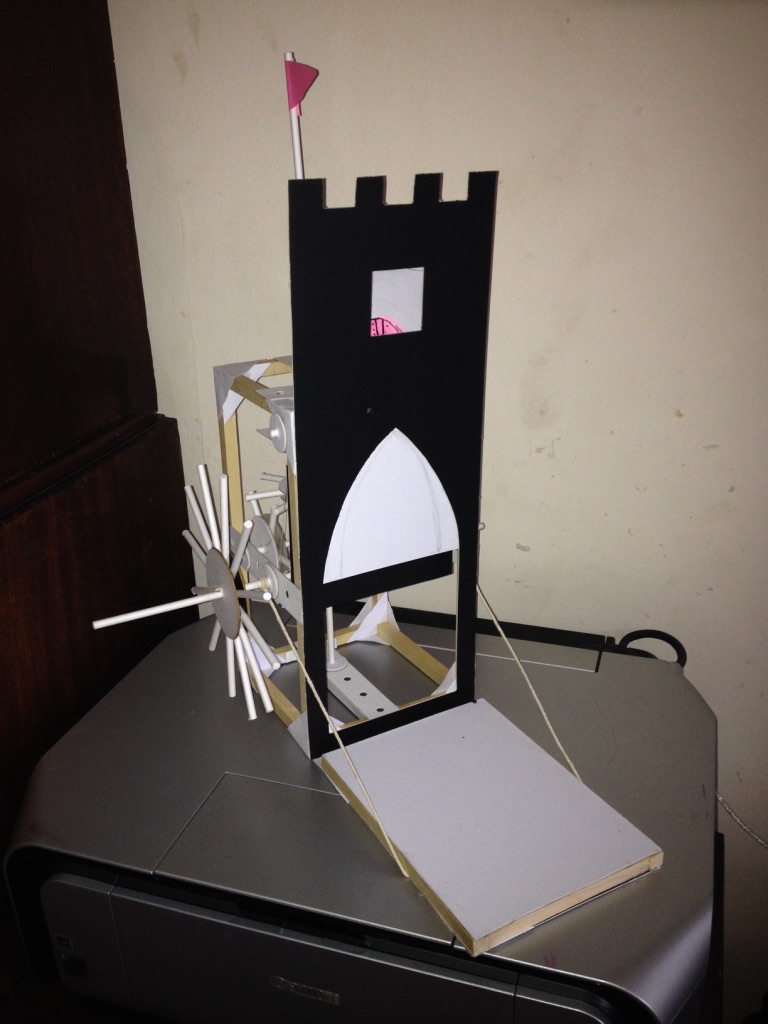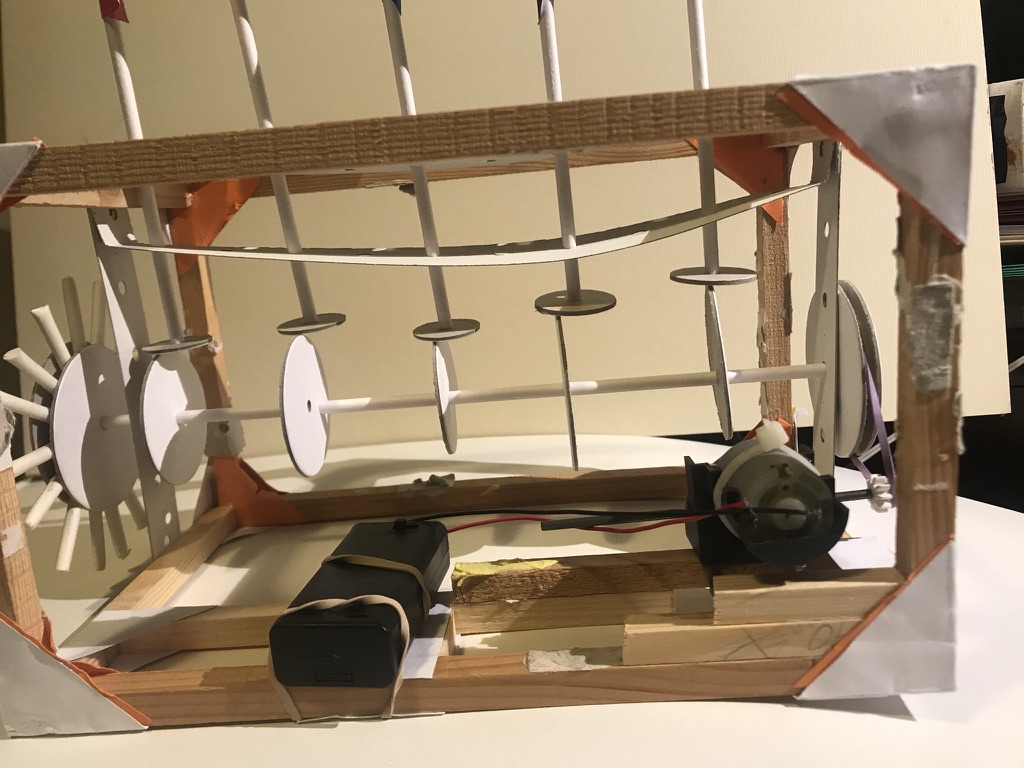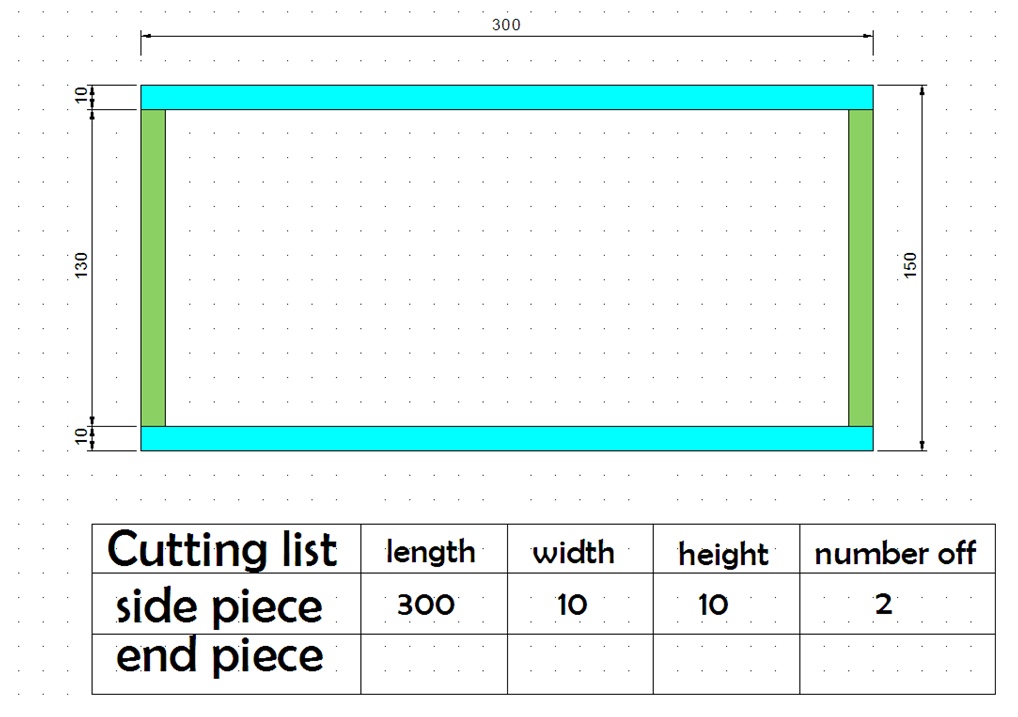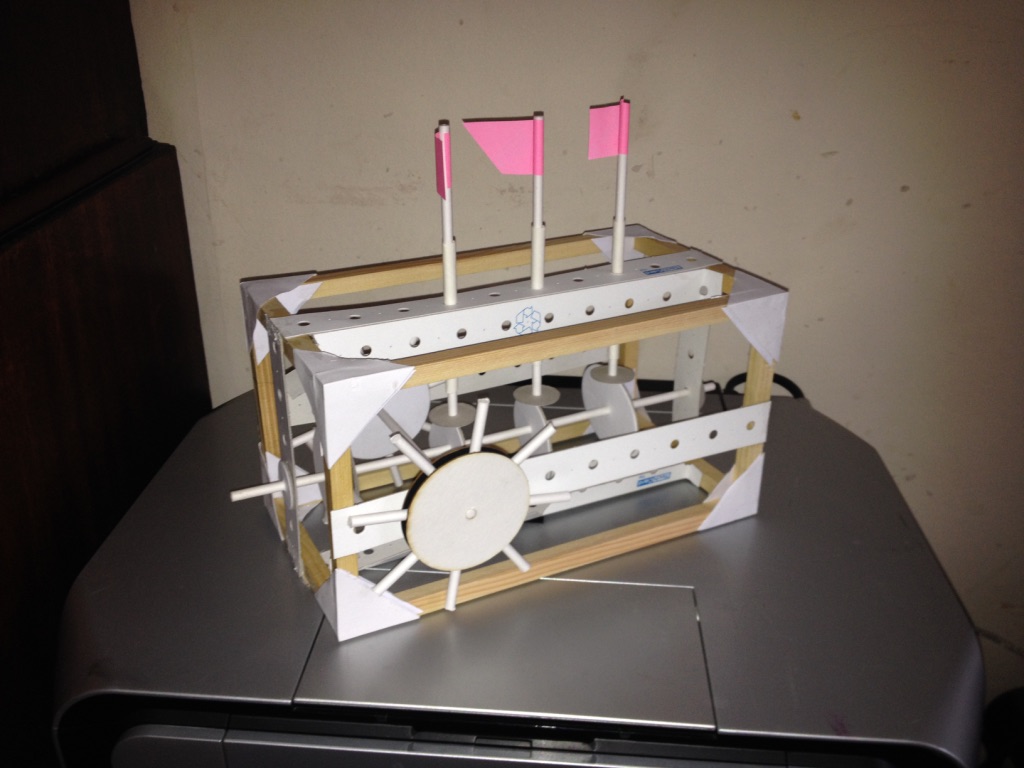
The cams rely on a steady movement, a large foot on the follower and the follower held vertically above the cam. By building a framework and using TechCard to give solid axle supports you can create a firm base and by adding in the ClunkClick motor, the shaft revolves at a sensible speed to allow the cam followers to lift up and down.


It is often thought that cams will give all sorts of movement, but in machines cams are usually used as a form of switch to control a part of the machine. Cams transform rotational movement into reciprocating movement. The movement is usually very small and rapid and so is not conducive to display models. However with a careful modelling it is possible to create a smooth running and interesting display and when motorised the animation is very attractive.



You can use your own dimensions to create the required cuboid.
This set of videos helps you understand how to make the cuboid.
To be able to make rectangle, ie all 4 corners, in one go, then the minimum size for the smaller side pieces is 115mm. this will give a finished size of 135mm because the longer pieces will overlap the shorted pieces and the Lynks jigs will fit side by side.
As in the cutting list you can create your own sizes.
Have a look at Technologystudent.com to see the secrets of cams.

